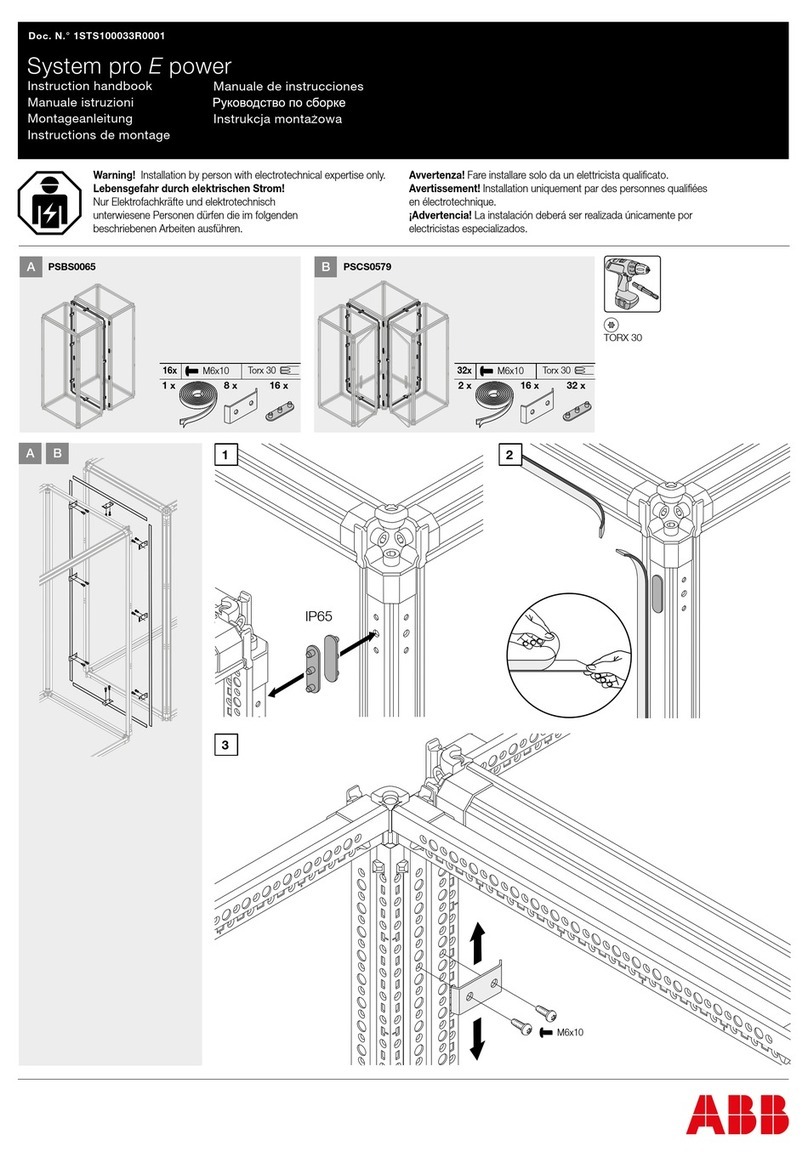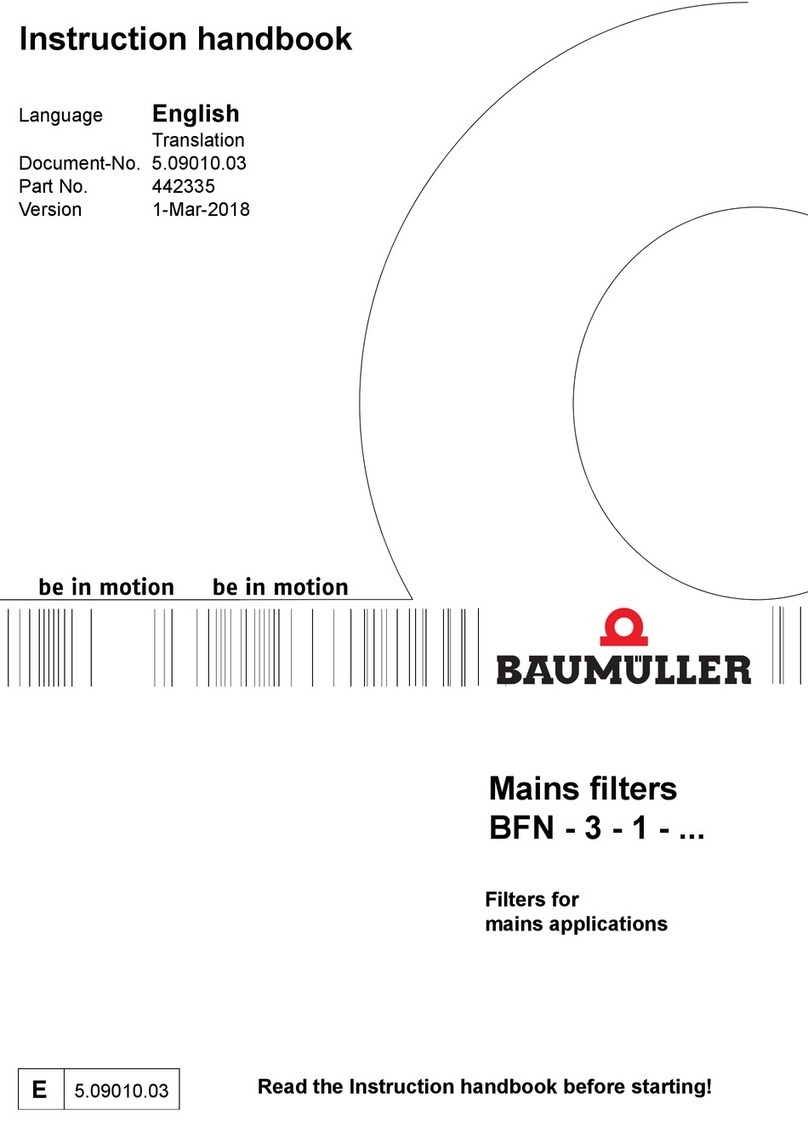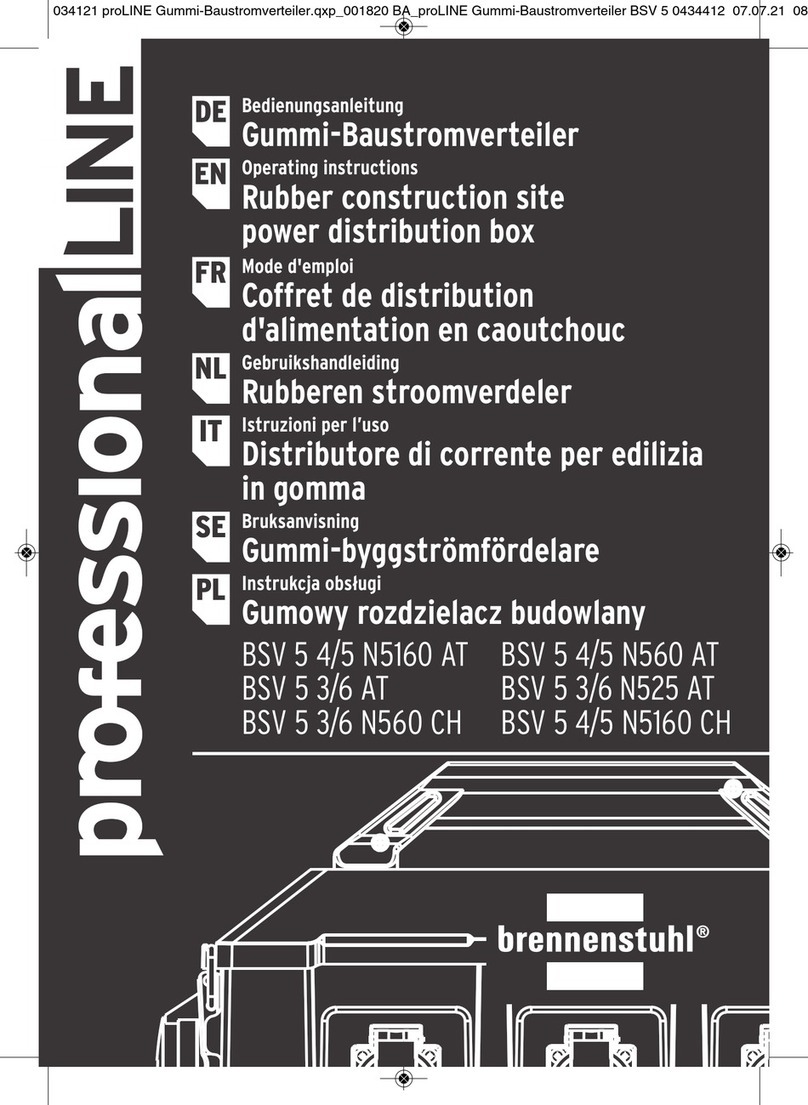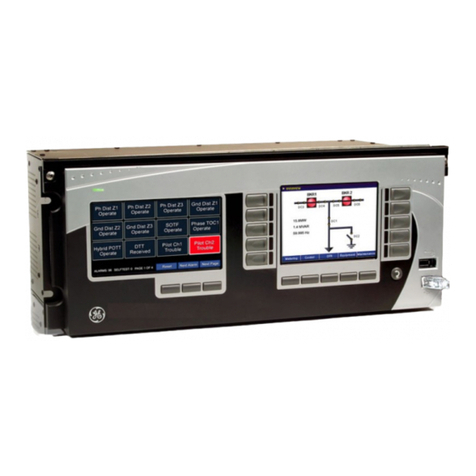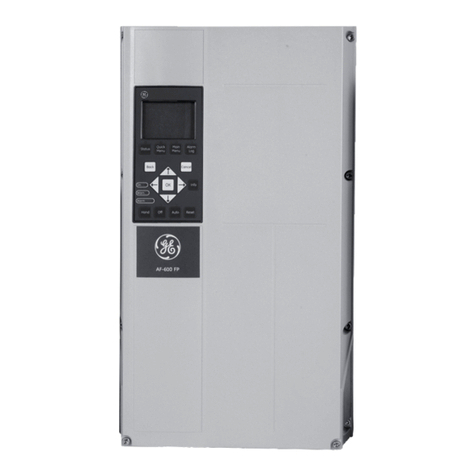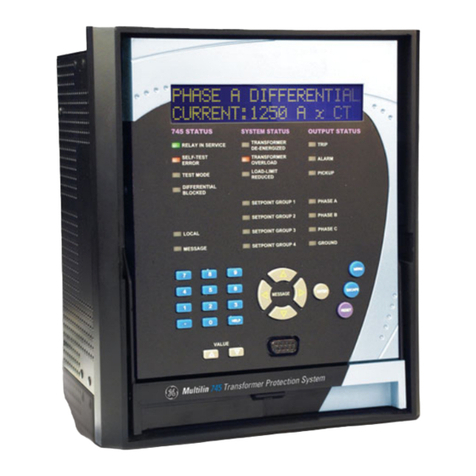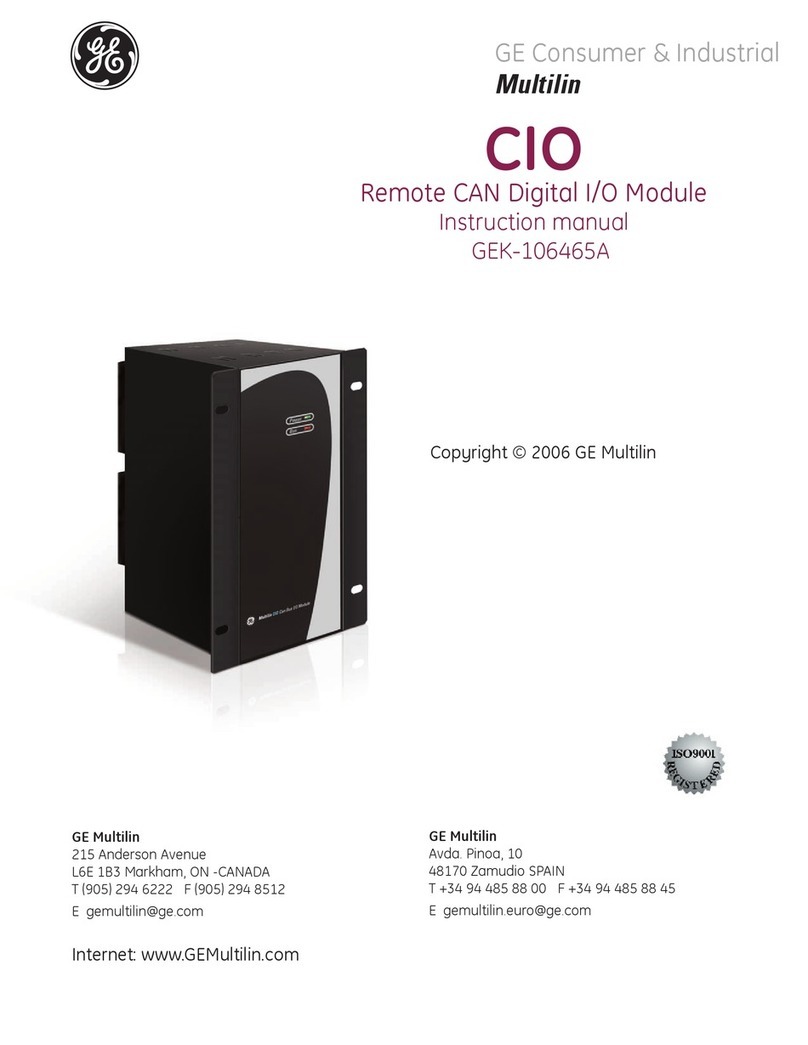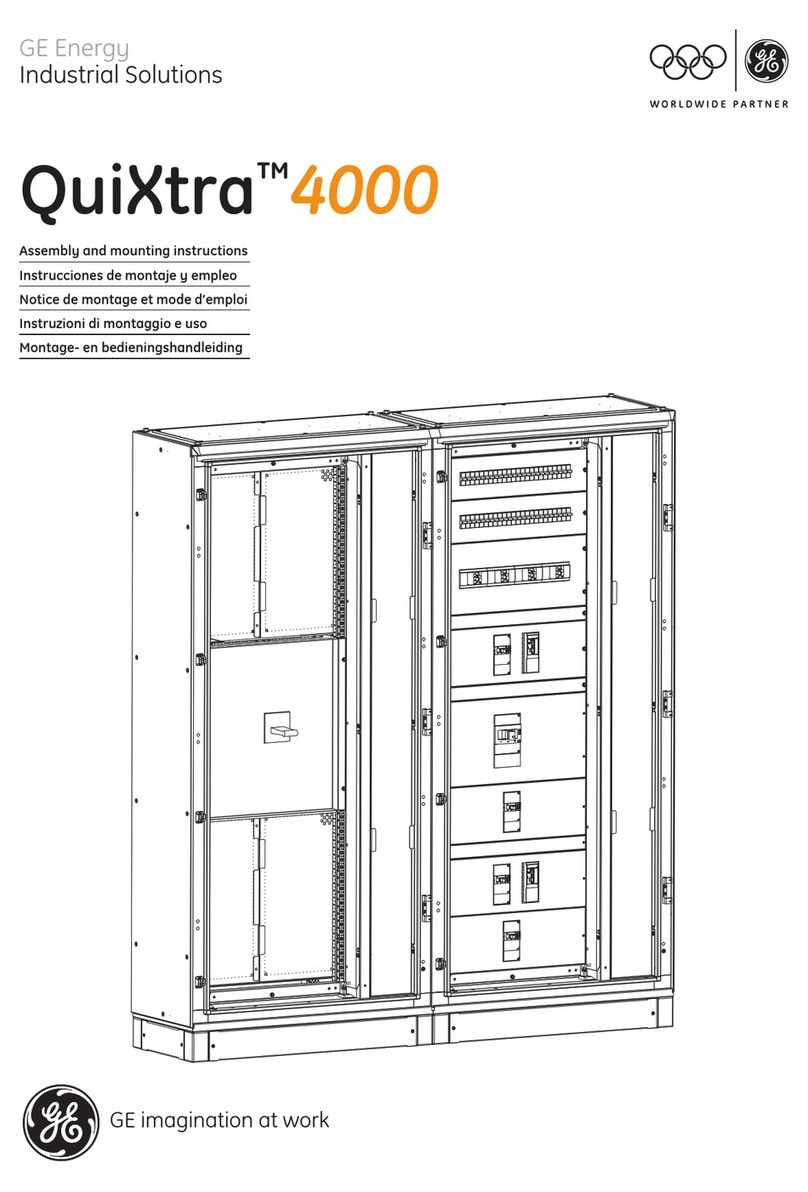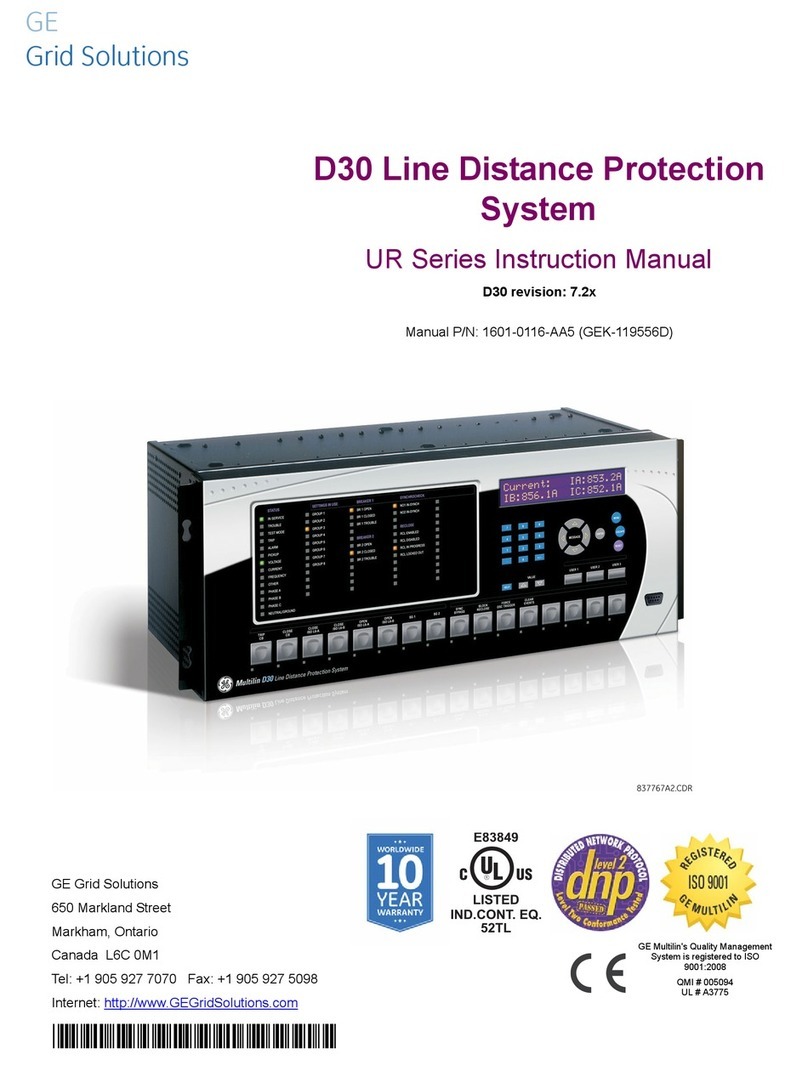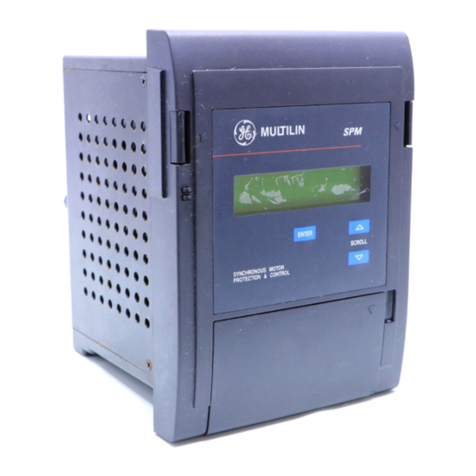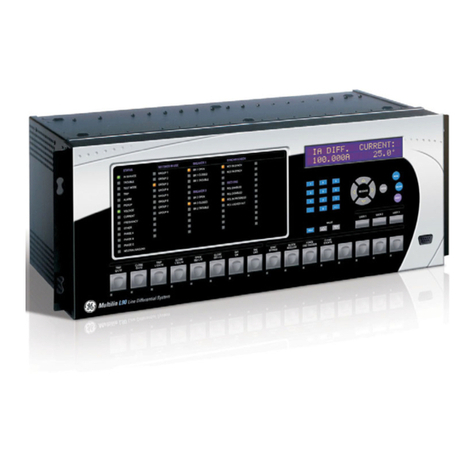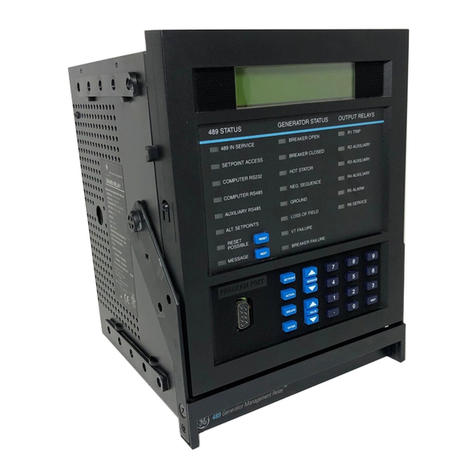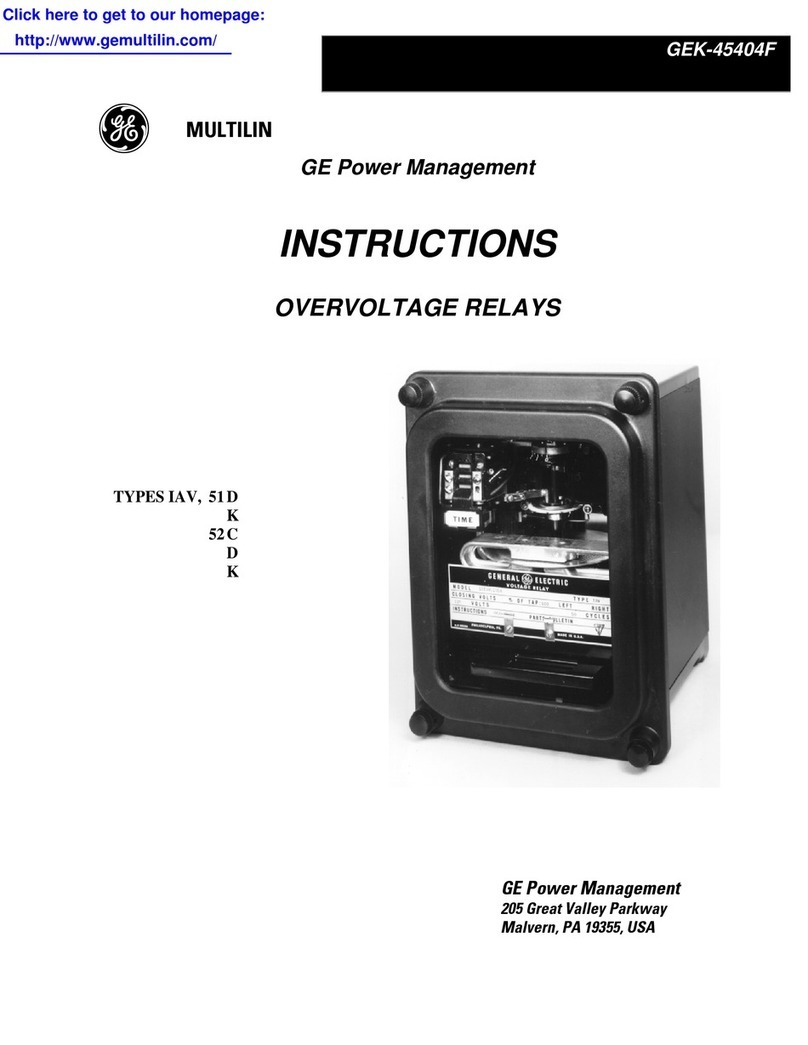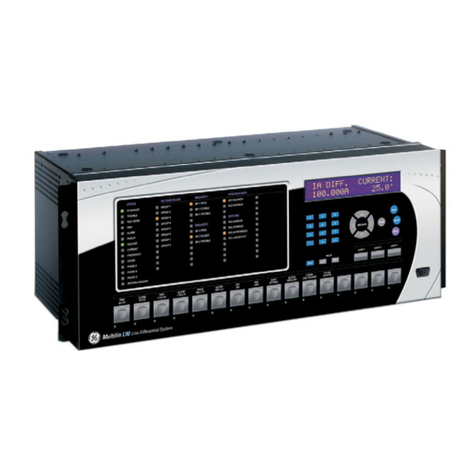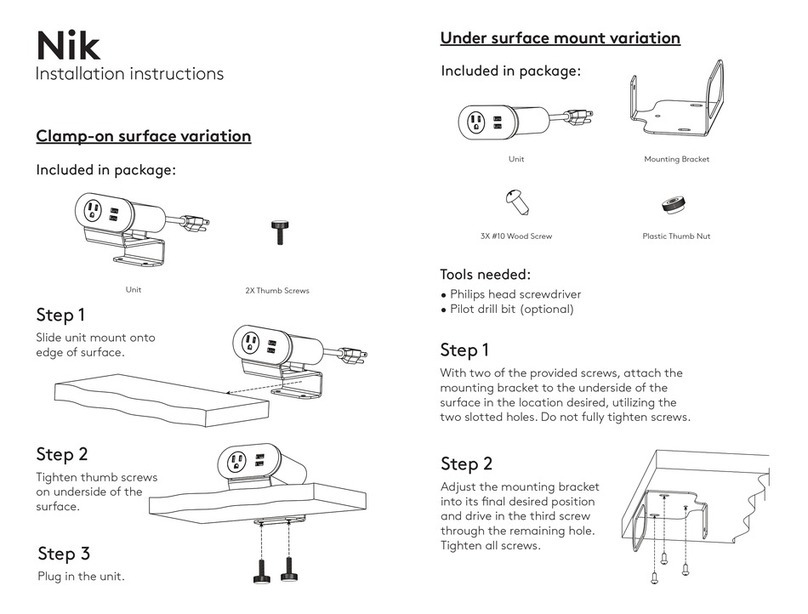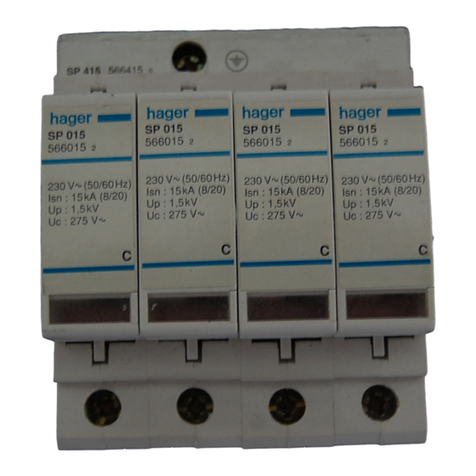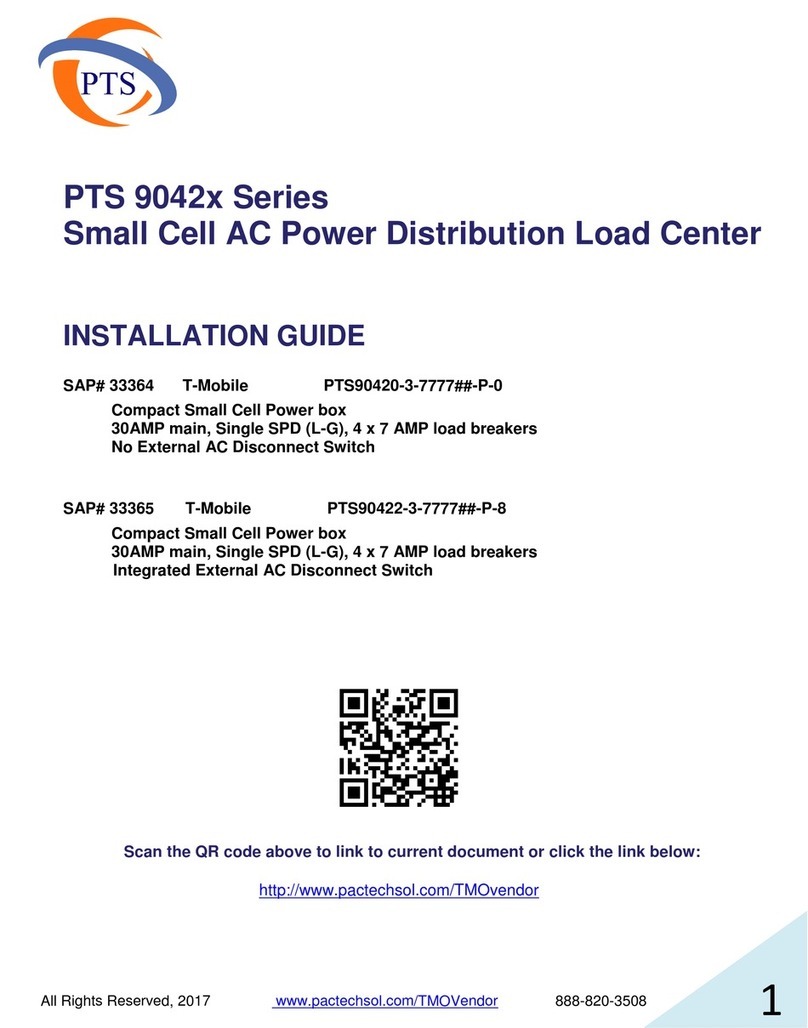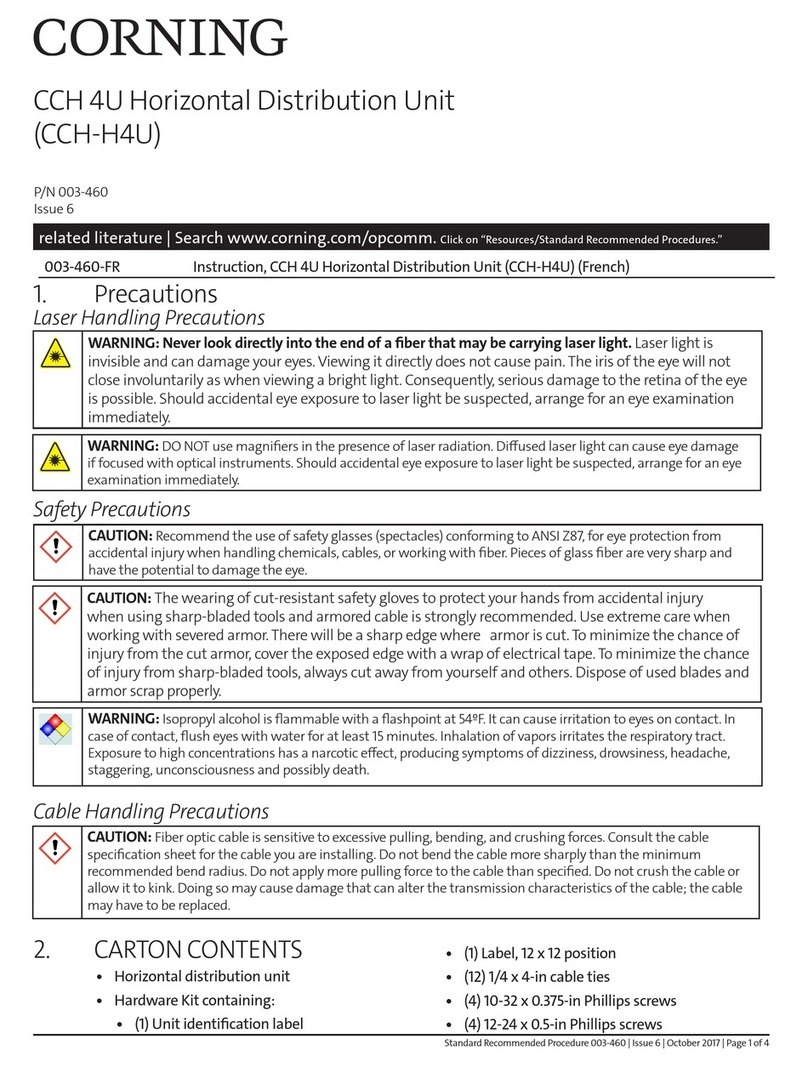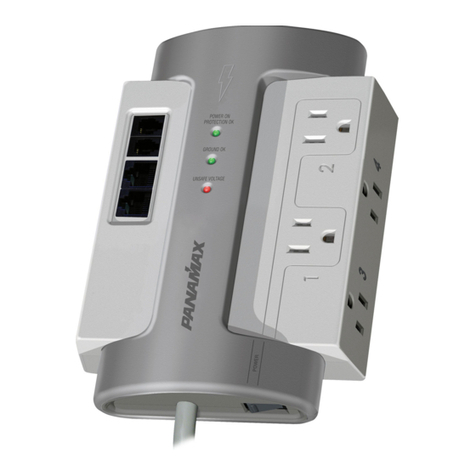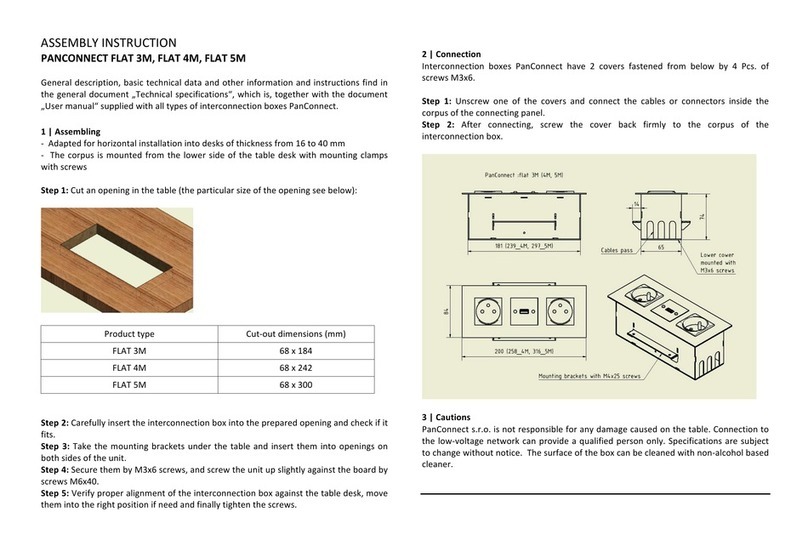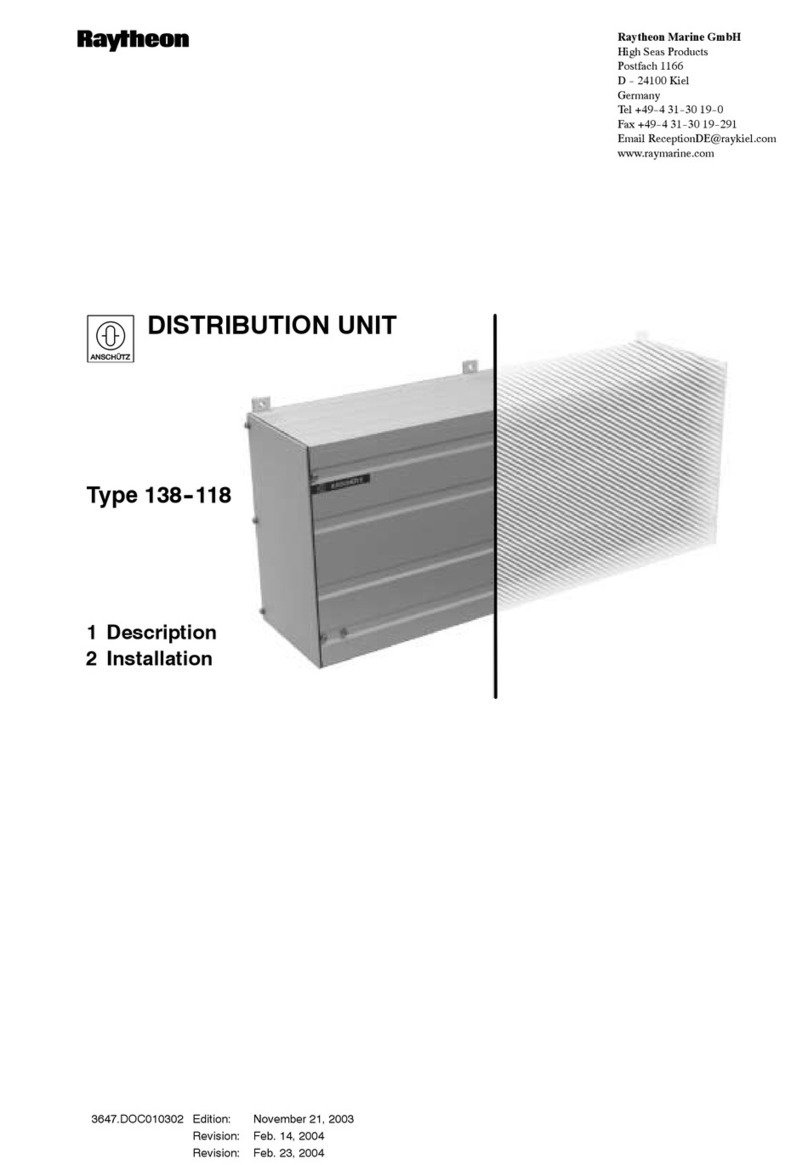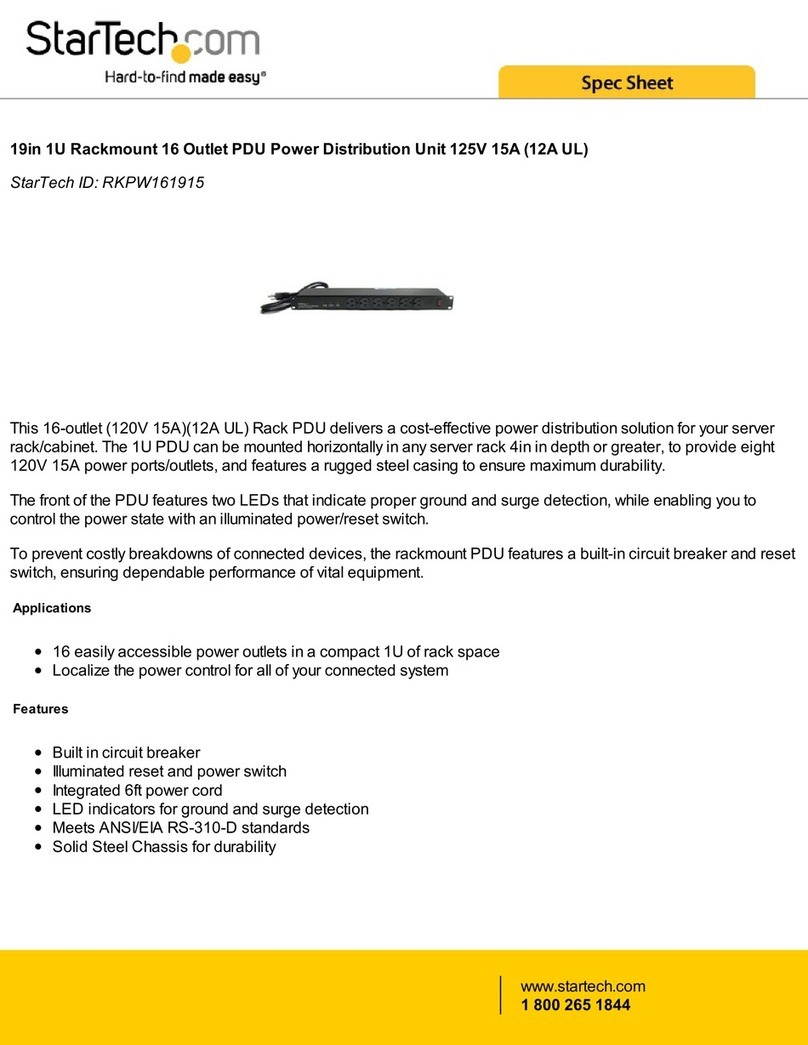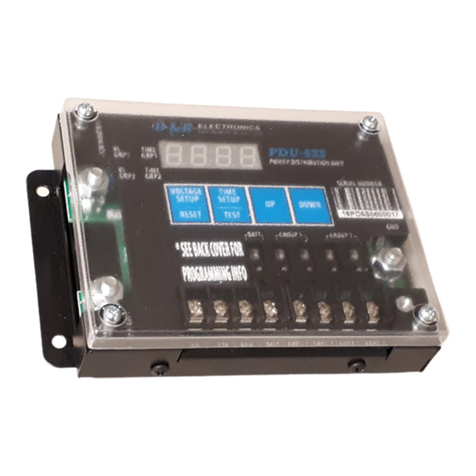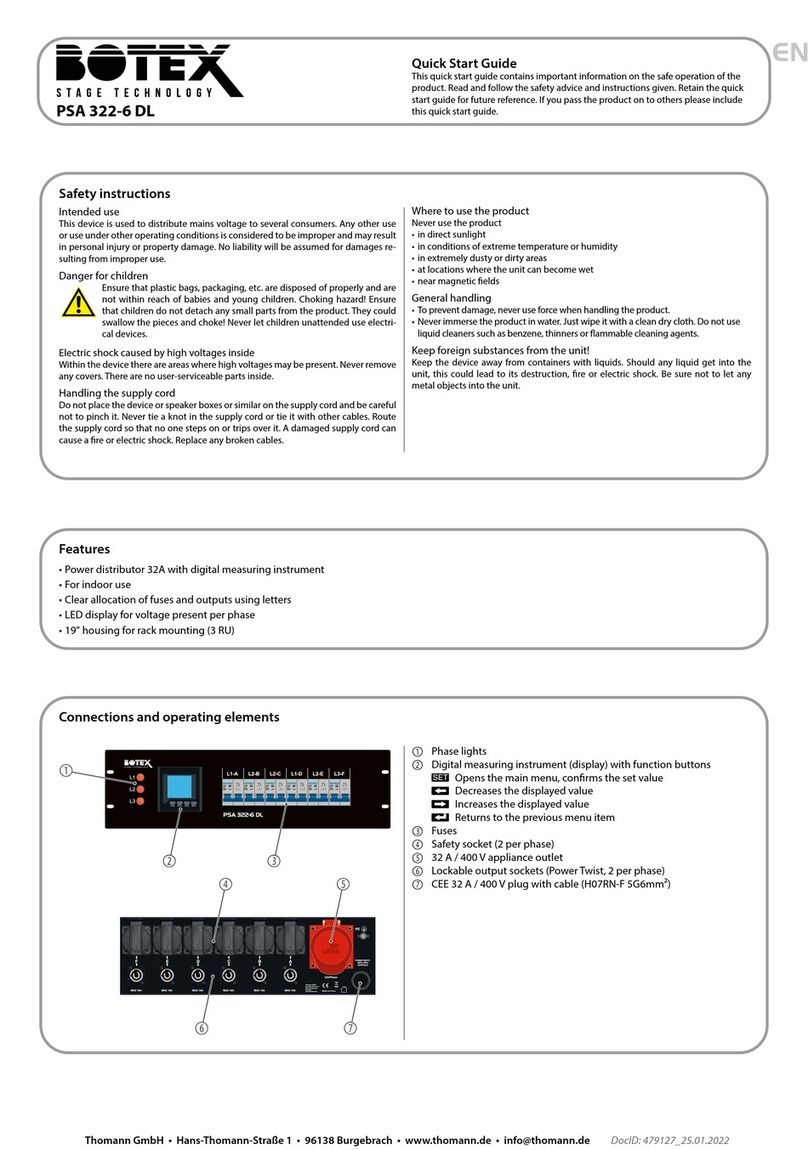
TABLE OF CONTENTS
D90PLUS LINE DISTANCE PROTECTION SYSTEM – INSTRUCTION MANUAL v
FlexState settings ..................................................................................................................................... 126
FlexState actual values.......................................................................................................................... 126
Real time clock........................................................................................................... 127
User-programmable self-tests ............................................................................... 129
Serial port ................................................................................................................... 130
Shared operands ....................................................................................................... 131
Shared communication operands.................................................................................................... 132
Communication logic operands ........................................................................................................ 133
7 PROTECTION Protection overview..................................................................................................135
Introduction to protection elements ............................................................................................... 135
Power system............................................................................................................. 137
Installation settings ................................................................................................................................. 137
AC input modules ..................................................................................................................................... 138
Power system frequency ...................................................................................................................... 143
About AC sources ..................................................................................................................................... 144
Grouped protection elements................................................................................. 148
Line pickup................................................................................................................................................... 148
Distance elements ................................................................................................................................... 152
Current elements...................................................................................................................................... 187
Voltage elements...................................................................................................................................... 223
Breaker failure ........................................................................................................................................... 233
Wattmetric zero-sequence directional ground fault............................................................... 244
Control elements ....................................................................................................... 248
Pilot schemes ............................................................................................................................................. 249
Setting group control.............................................................................................................................. 274
Trip output ................................................................................................................................................... 276
FlexMatrix..................................................................................................................................................... 281
VT fuse failure............................................................................................................................................. 284
Open pole detector.................................................................................................................................. 286
Autoreclose ................................................................................................................................................. 289
Underfrequency ........................................................................................................................................ 312
Overfrequency ........................................................................................................................................... 314
Breaker configuration ............................................................................................................................ 316
Breaker flashover ..................................................................................................................................... 323
Digital counters ......................................................................................................................................... 328
FlexCurves™ ............................................................................................................................................... 331
Protection inputs and outputs................................................................................ 335
Protection virtual inputs........................................................................................................................ 335
Protection virtual outputs..................................................................................................................... 337
Contact input and output default assignment........................................................................... 338
Contact input configuration................................................................................................................ 338
Contact outputs ........................................................................................................................................ 342
Shared operands ...................................................................................................................................... 343
Protection FlexLogic™ .............................................................................................. 345
Protection FlexLogic™ gates and operators ............................................................................... 348
FlexLogic™ rules ....................................................................................................................................... 349
Graphical programming interface ................................................................................................... 349
Protection FlexLogic™ equation editor.......................................................................................... 351
Protection FlexLogic™ timers ............................................................................................................. 352
Non-volatile latches ................................................................................................................................ 353
Protection FlexElements™.................................................................................................................... 354
Protection FlexLogic™ operands ...................................................................................................... 359

